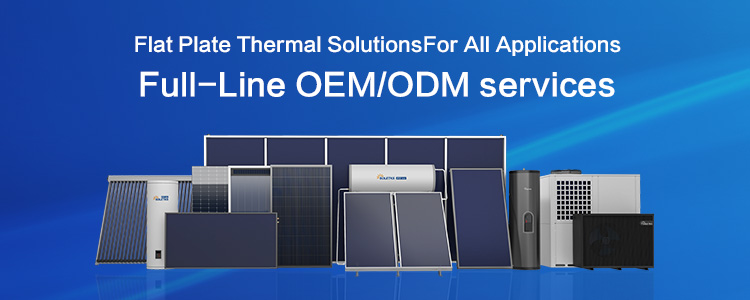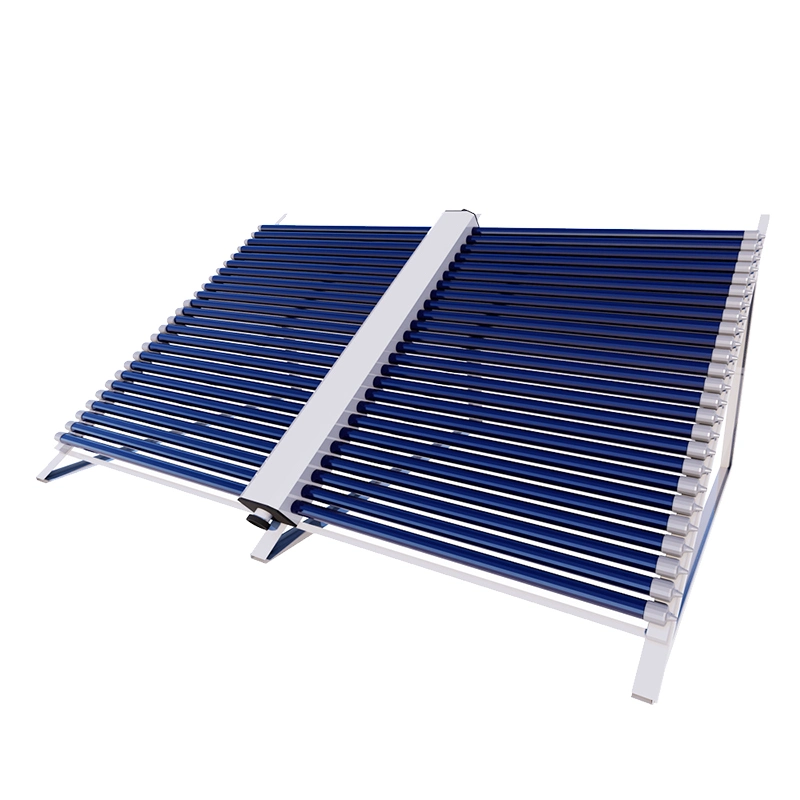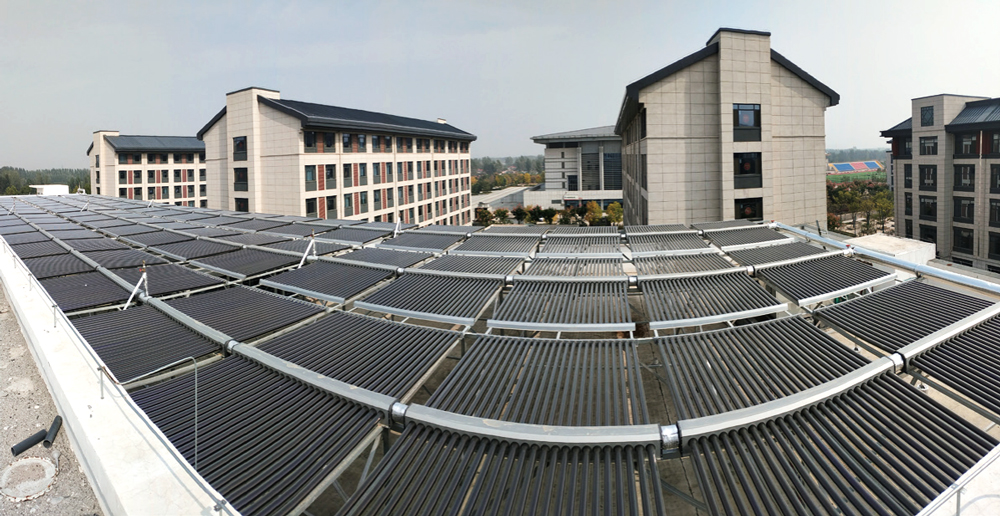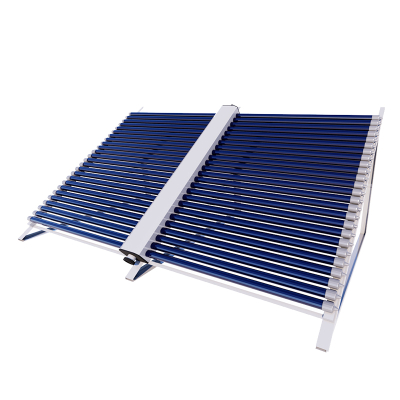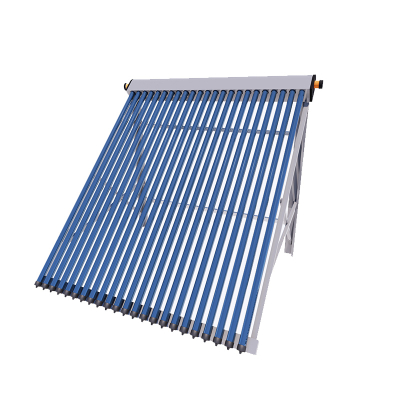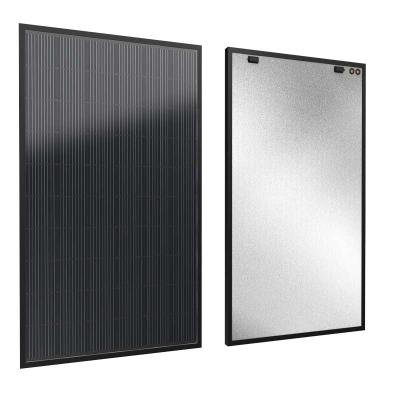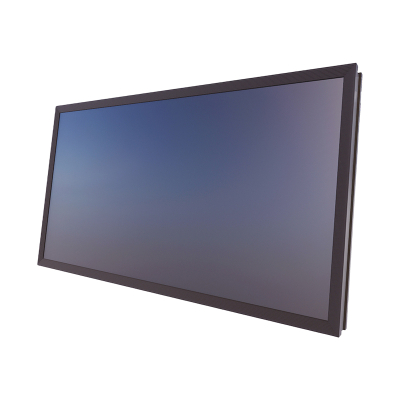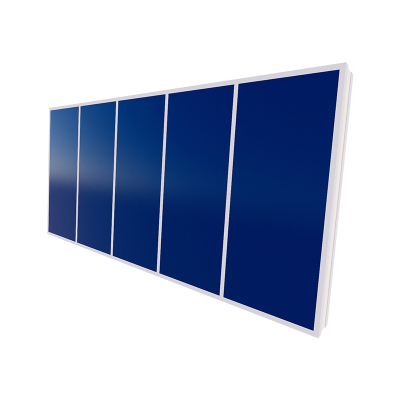Direct Insert Type Solar Collector
The Direct Insert Type Solar Collector has emerged as a key technology within the global solar thermal industry, driven by rising demand for clean energy and increasing government investment in sustainable heating systems. As countries accelerate energy transition strategies and aim to reduce carbon emissions, solar collectors continue to gain traction across residential, commercial, and industrial sectors. The Direct Insert Type Solar Collector, known for its simple installation and high thermal efficiency, is becoming a preferred choice in regions with stable sunlight availability and growing renewable energy policies.
Global solar thermal reports indicate steady annual growth of 7%–10%, with particularly strong adoption in Asia-Pacific, the Middle East, Southern Europe, and Latin America. Expansion of solar water heating programs and subsidies for renewable domestic heating systems further enhance the market potential. As demand intensifies, buyers increasingly seek optimized systems offering higher absorption rates, durable materials, and long service life under varying climate conditions.
Global Market Overview of Direct Insert Type Solar Collector
The Direct Insert Type Solar Collector has emerged as a key technology within the global solar thermal industry, driven by rising demand for clean energy and increasing government investment in sustainable heating systems. As countries accelerate energy transition strategies and aim to reduce carbon emissions, solar collectors continue to gain traction across residential, commercial, and industrial sectors. The Direct Insert Type Solar Collector, known for its simple installation and high thermal efficiency, is becoming a preferred choice in regions with stable sunlight availability and growing renewable energy policies.
Global solar thermal reports indicate steady annual growth of 7%–10%, with particularly strong adoption in Asia-Pacific, the Middle East, Southern Europe, and Latin America. Expansion of solar water heating programs and subsidies for renewable domestic heating systems further enhance the market potential. As demand intensifies, buyers increasingly seek optimized systems offering higher absorption rates, durable materials, and long service life under varying climate conditions.
Key Market Trends Influencing the Solar Collector Industry
Several trends are shaping the development of the Direct Insert Type Solar Collector market. The first is the industry-wide shift toward energy-efficient systems with improved heat retention and enhanced vacuum tube performance. Buyers are prioritizing solar collectors capable of delivering stable output even in low-temperature environments, increasing the appeal of direct insert designs due to their high heat transfer efficiency.
A second notable trend is the rising demand for hybrid systems that combine solar thermal and electric heating components. This ensures uninterrupted operation during cloudy periods and enables flexible adaptation to regional climate variations. Additionally, innovations in selective coating technology and improved copper or aluminum heat-conducting rods are enhancing collector durability and long-term thermal stability.
Technical Parameters of Direct Insert Type Solar Collector
The performance of a Direct Insert Type Solar Collector is defined by multiple technical specifications. Typical parameters include:
• Vacuum Tube Diameter: 47 mm–58 mm depending on configuration
• Heat Conduction Rod: Copper or aluminum core coated with selective absorption materials
• Instantaneous Efficiency: Approximately 65%–75% under standard solar radiation
• Stagnation Temperature: Up to 180–240°C based on design
• Heat Loss Coefficient: Reduced through double-layer vacuum structure
• Working Pressure: Typically 0.6–0.8 MPa
These parameters ensure high thermal efficiency, rapid heat response, and strong durability under both residential and commercial usage conditions.
Product Structure and Material Composition
The Direct Insert Type Solar Collector is built around a core thermal absorption system that transfers solar energy rapidly and effectively. The standard structure consists of:
• High-transmittance borosilicate glass tubes providing stable vacuum insulation
• A selective coating layer designed to maximize solar absorption and minimize heat loss
• An internal heat-conduction rod inserted directly into the water tank or manifold
• Sealing gaskets, insulation foam, and anti-corrosion connectors ensuring long-term stability
Its streamlined structure allows for faster installation and lower maintenance requirements compared to closed-loop systems. This makes it an attractive choice for large-scale solar water heater projects and decentralized heating applications.
Manufacturing Process of Direct Insert Type Solar Collector
The production of a Direct Insert Type Solar Collector requires precise engineering and strict quality control to ensure consistent performance in diverse climates. The manufacturing process typically includes:
1. Glass Tube Forming: Borosilicate tubes are shaped, heated, and vacuum-sealed to achieve high transparency and impact resistance.
2. Coating Application: A selective absorption coating is deposited using sputtering or magnetron technology to enhance energy conversion efficiency.
3. Core Rod Assembly: Heat-conducting rods are machined, coated, and treated for corrosion resistance before being inserted into the tubes.
4. Vacuum Processing: Tubes undergo final vacuum sealing to ensure stable insulation performance.
5. Performance Testing: Optical efficiency, vacuum retention, thermal stability, and pressure resistance tests are conducted before packaging.
This rigorous manufacturing procedure ensures the final product meets international solar thermal standards and offers reliable long-term output for institutional and commercial users.
Applications Across Residential, Commercial, and Industrial Sectors
The Direct Insert Type Solar Collector is widely used in multiple heating applications due to its efficient heat-transfer capabilities and low installation cost. Key usage scenarios include:
• Domestic hot water systems for homes and apartment buildings
• Commercial water heating for hotels, schools, and hospitals
• Industrial preheating for food processing, textile washing, and cleaning facilities
• Agricultural heating applications, such as greenhouse temperature control and livestock water warming
Its ability to deliver high thermal output with minimal operational costs makes it a preferred choice for energy-saving projects worldwide.
Global Buyer Preferences and Procurement Pain Points
International buyers often focus on several critical considerations when sourcing Direct Insert Type Solar Collectors. These include:
• Stable thermal efficiency under low sunlight or cold conditions
• Long-term vacuum reliability and coating durability
• Compatibility with existing solar water heating systems
• Certifications such as ISO, CE, or region-specific energy-efficiency labels
• Clear installation guidance and engineering documentation
Key pain points typically involve inconsistent vacuum quality, substandard coating durability, and incomplete after-sales support. In addition, large-scale buyers—such as solar program contractors and government procurement departments—require guaranteed lead times and batch consistency. Suppliers able to provide comprehensive QC data, system customization, and technical assistance gain significant competitive advantage.
FAQs for International B2B Buyers
1. What is the average lifespan of a Direct Insert Type Solar Collector?
With proper installation, high-quality collectors typically last 15–20 years, depending on climate conditions and maintenance.
2. Can this type of solar collector operate efficiently in cold climates?
Yes. The vacuum tube structure ensures strong insulation, and the direct insert rod provides fast heat absorption even in low-ambient-temperature environments.
3. Are customized tube sizes or collector configurations available?
We can provide custom tube diameters, coating types, and manifold configurations for large-scale procurement projects.
4. What kind of maintenance is required?
Maintenance is minimal, typically involving periodic cleaning of tubes and inspection of sealing components.
Professional Call to Action
We support global distributors, EPC contractors, and energy project developers with technical documentation, sample evaluation units, and customized quotations for Direct Insert Type Solar Collector systems. Contact us to receive detailed specifications, performance reports, and guidance tailored to your project requirements.
Authoritative Notes
Key data and technical information referenced from recognized solar thermal energy research institutions and international renewable heating guidelines applicable to industrial and residential solar water heating systems.
Market trend analysis informed by global solar thermal market reports and sustainability development forecasts published by reputable energy research organizations.
